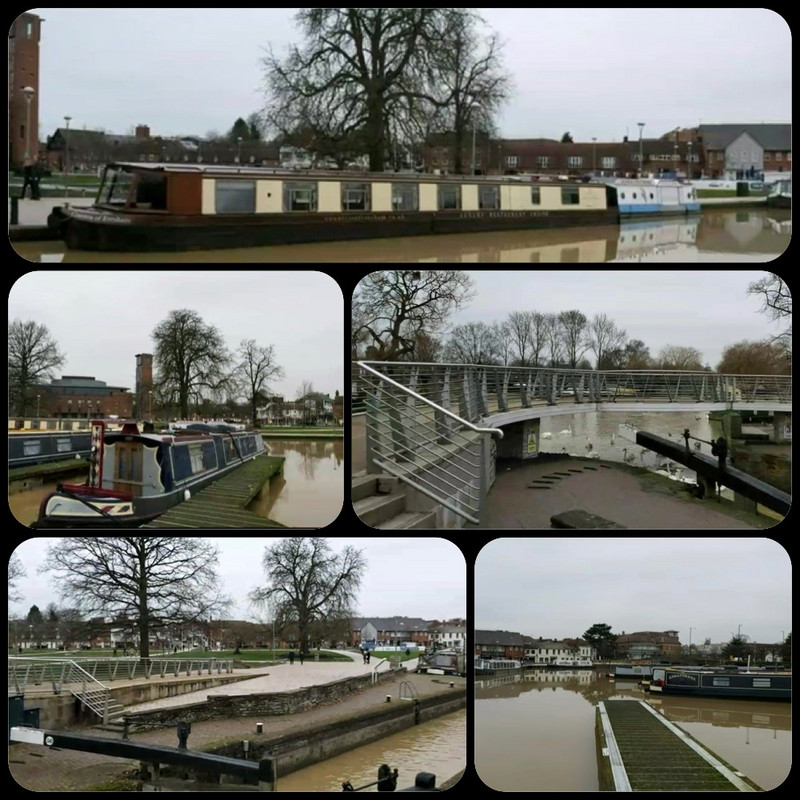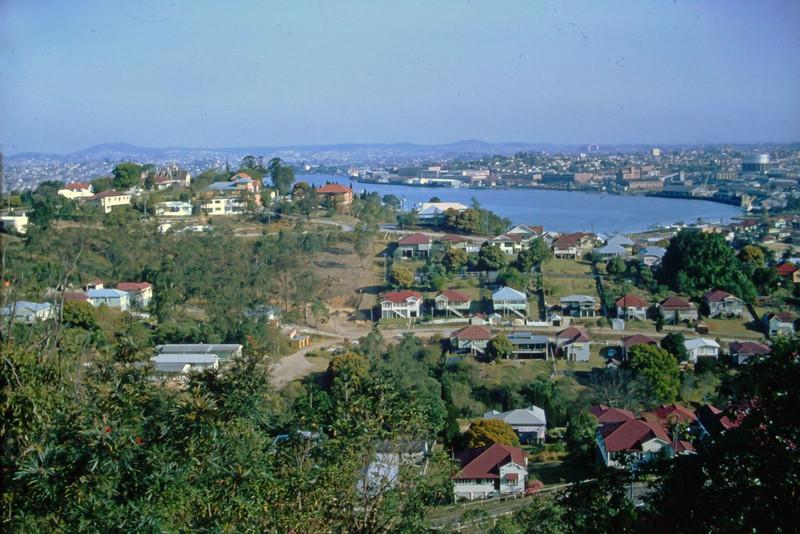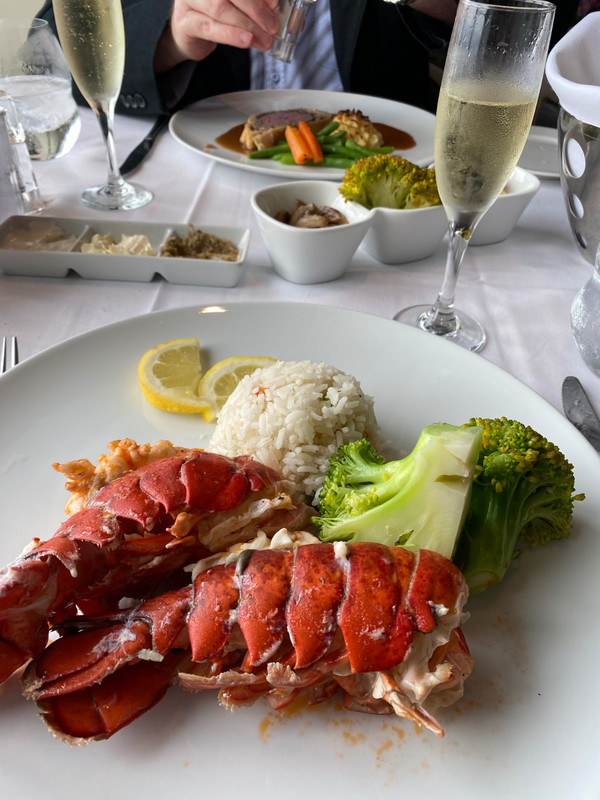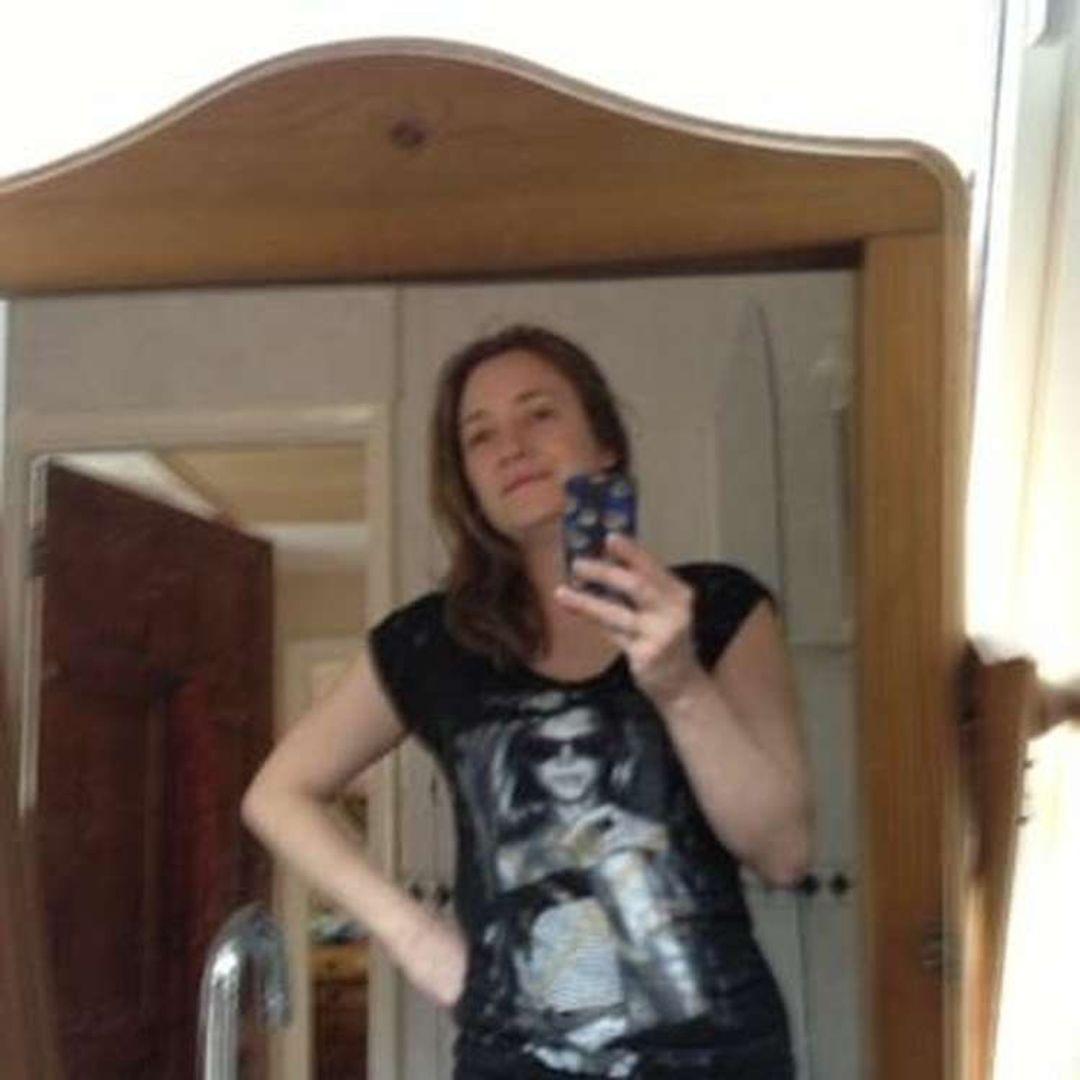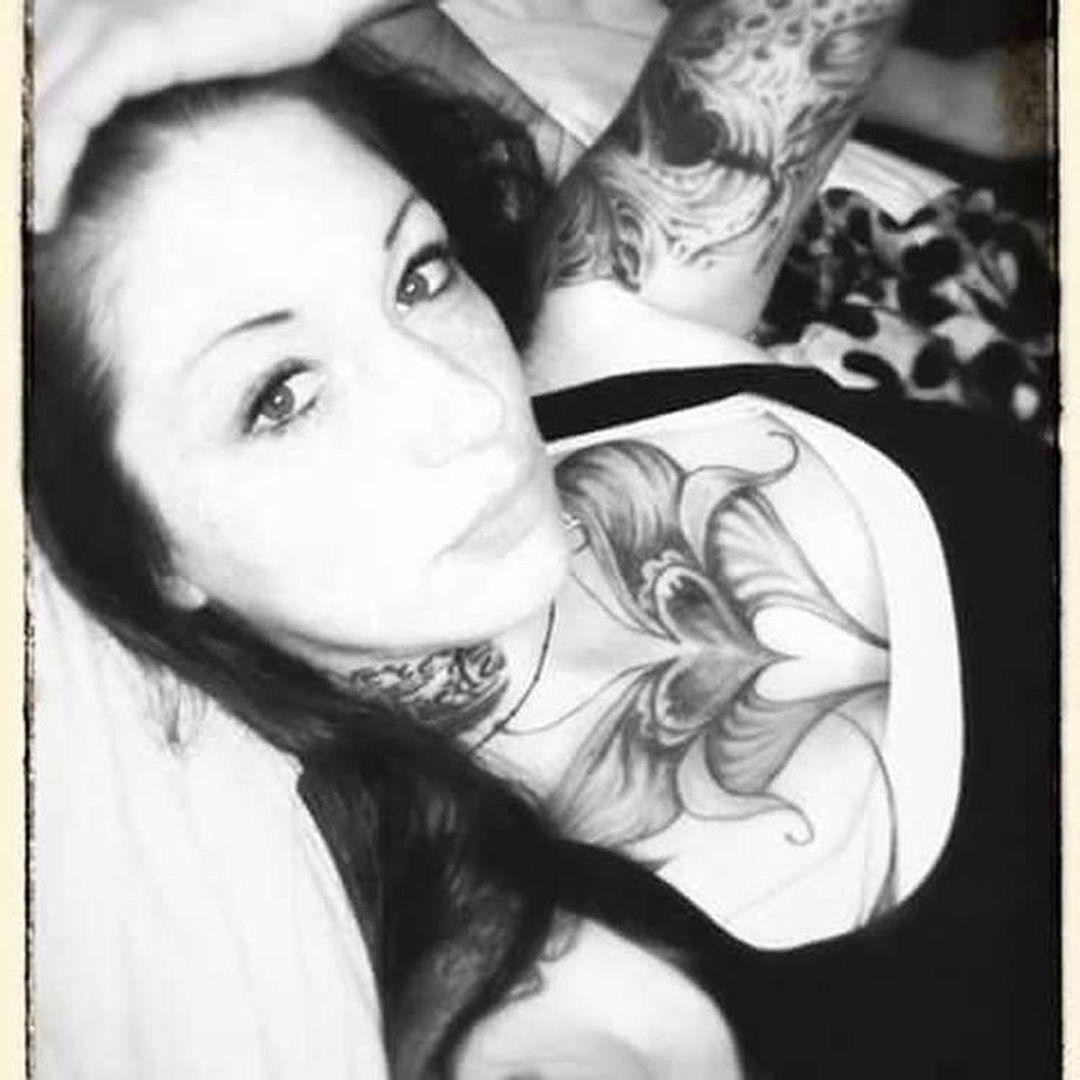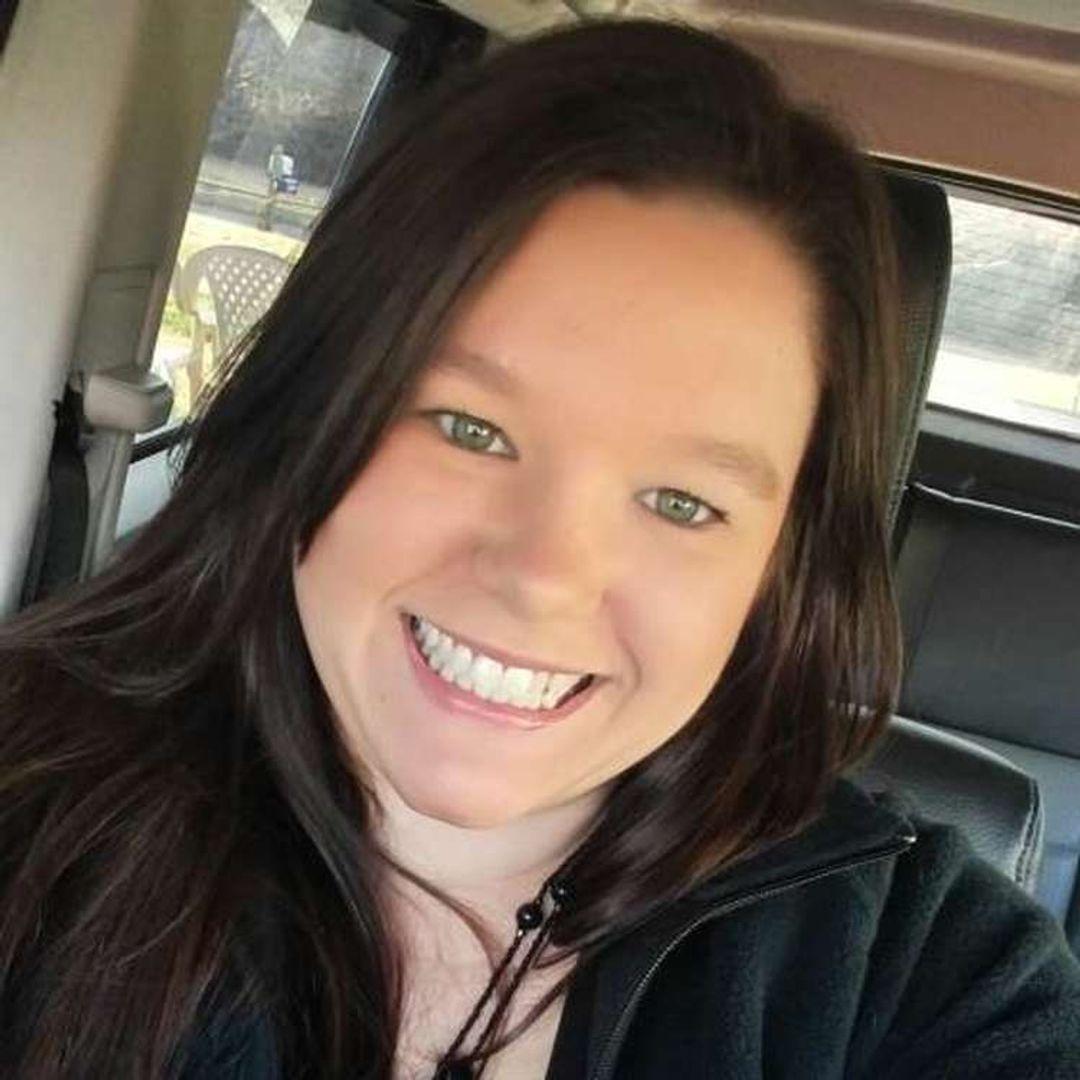The canal was built between 1793 and 1816, it runs for 25.5 miles in total, and consists of two sections. Following acquisition by a in 1856, it gradually declined, the southern section being by 1945, and the northern section little better.
The southern section was restored by the National Trust between 1961 and 1964, after an attempt to close it was thwarted. The revived canal was by HM Queen Elizabeth the Queen Mother and responsibility for it was transferred to British Waterways in 1988.
We viewed the Gower monument, constructed in Paris over a 12 year period between by Lord Ronald Gower and various associates and craftsman. It was unveiled at a ceremony attended by Oscar Wilde on 10 October 1888, at its original location in gardens to south of the Memorial Theatre. The monument was moved to its current location in 1933 following the rebuilding of the theatre after the devastating fire of 1926.
Lady Macbeth represents Tragedy with poppies and peonies, Hamlet represents Philosophy with ivy and cypress, Prince Hal represents History with English Roses and French lilies, Falstaff represents Comedy with hops and roses.
There have been theatrical performances in since at least Shakespeares day, though the first recorded performance of a play written by Shakespeare himself was in 1746.
‘The Other Place was created from a prefabricated building as a temporary theatre but rather than demolish it still remains an important part of the Stratford Theatre experience.
Lamp posts are donated by towns and cities both from the UK and from around the world. The first response came from Hungary, a cast iron lamp post bearing the crest of the city of Budapest.
We ended our tour overlooking the river at The Holy Trinity Church, often known as Shakespeares Church due to its fame as the place of baptism, marriage and burial of William Shakespeare.
I had a break for lunch and then joined another tour with our virtual guide Ian. (The same gentleman who did the tours in Birmingham.
In 1788, the Earl of Warwick obtained an Act of Parliament to build a new bridge over the Avon. The bridge was built between 1790 and 1793 & replaced an old medieval bridge further downstream.
The Castles history goes back over 1000 years ago when Viking invaders began moving in on Saxon lands.
A degree of peace came to the area with the arrival in AD 914 of Ethelfleda, daughter of Alfred the Great. Under her guidance a castle was built.
We walked down Mill Street with a mix of different architecture and stopped just below the castle walls & popped into a small public garden.
One man who made quite an impact on the town was Thomas Oken, who died childless in 1573. Thomas was the Guildmaster of the Religious Guild at the time of Henry VIIIs Dissolution of the Monasteries. In order to thwart Henrys plans as far as Warwick was concerned, Thomas gave the Guildhall to the town council. The medieval building is now part of the Lord Leycester Hospital next to the West Gate.
In the reign of Queen Elizabeth I the buildings became, under the patronage of Robert Dudley, Earl of Leicester, a place of retirement for old warriors who had fought in the Elizabethan era wars. These soldiers are known to this day as the Brethren and, with the Master, still live within the walls of the building.
visitors such as Charles Dickens and Oscar Wilde, by Kings and Queens, such as King George V and the Queen Mother.
